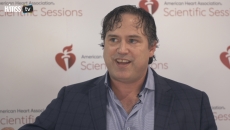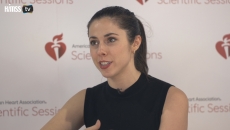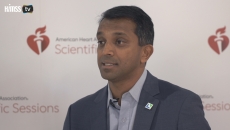Patient Engagement
The shift happening in healthcare is similar to trends in personal wealth management, with beneficiaries assuming greater control.
PatientBond SVP of Marketing and Analytics Brent Walker talks about employing digital to hack behavior change.
Outpatient care settings are garnering more satisfaction than other providers, but overall satisfaction is down.
ConversationHEALTH co-founder Lexi Kaplin discusses the ways bots can provide empathetic, confidential care.
Dr. Bimal Shah, Livongo's CMO, explains how breaking down care silos can make chronic care management easier for patients.
The researchers determined that the current rebate system, which incentivizes high list prices for drugs, plays a central role driving up costs for consumers.
Chief among the partnership's goals is higher quality service and better affordability for people in the state purchasing insurance on the exchange.
There is often a disconnect between what health plans provide and what patients want, according to Keith Roberts of Change Healthcare.
Non-compliance has several causes, but recent years have seen patients assuming a greater share of healthcare costs, likely fanning the flame.
Prices are a priority, with 91% saying that costs for medical services should be as readily available as prices on a restaurant menu.


